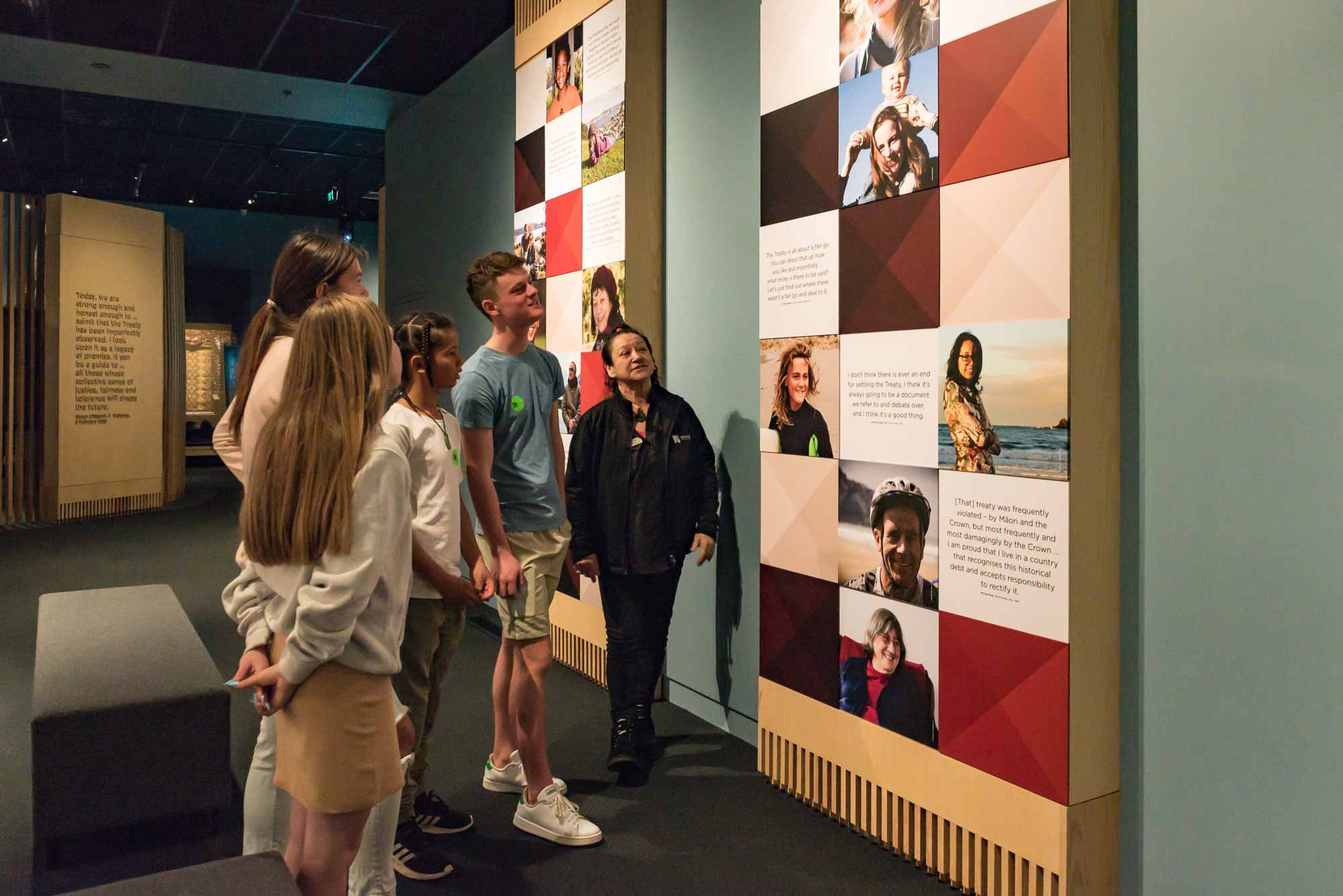Ngā taonga tākaro in community life
September 21, 2023
Header Image: Educator Cherie keeps the pace for this tī rakau activity developing flexibility, hand-eye coordination, speed and cooperation; children release their own rakau and run to catch their partner's rakau
This contrasts with contemporary Western culture, which tends to view games as frivolous; a form of entertainment or distraction from ‘real’ learning or ‘serious’ work. Developing physical and mental dexterity, they also shared traditional knowledge and values.
Hundreds of traditional tākaro had cultural, historical, environmental and spiritual contexts designed to improve the well-being of people and communities. Tākaro were highly localised in nature, reflecting the diversity and creativity of different iwi and hapū. The social function of games was significant for whanaungatanga (forming and maintaining relationships and strengthening ties between kin and communities). At gatherings, often a new version of a game would be created, reflecting an intertwining of both communities. Games come under whare tapare (houses of storytelling, dance, music and games) and all these elements were interwoven into them.
Our team sometimes includes games during our Education Experience; a fun way for students to easily understand and relate to concepts such as fairness and cooperation.
Read about the history of ngā taonga tākaro and learn how to play some traditional Māori games.



